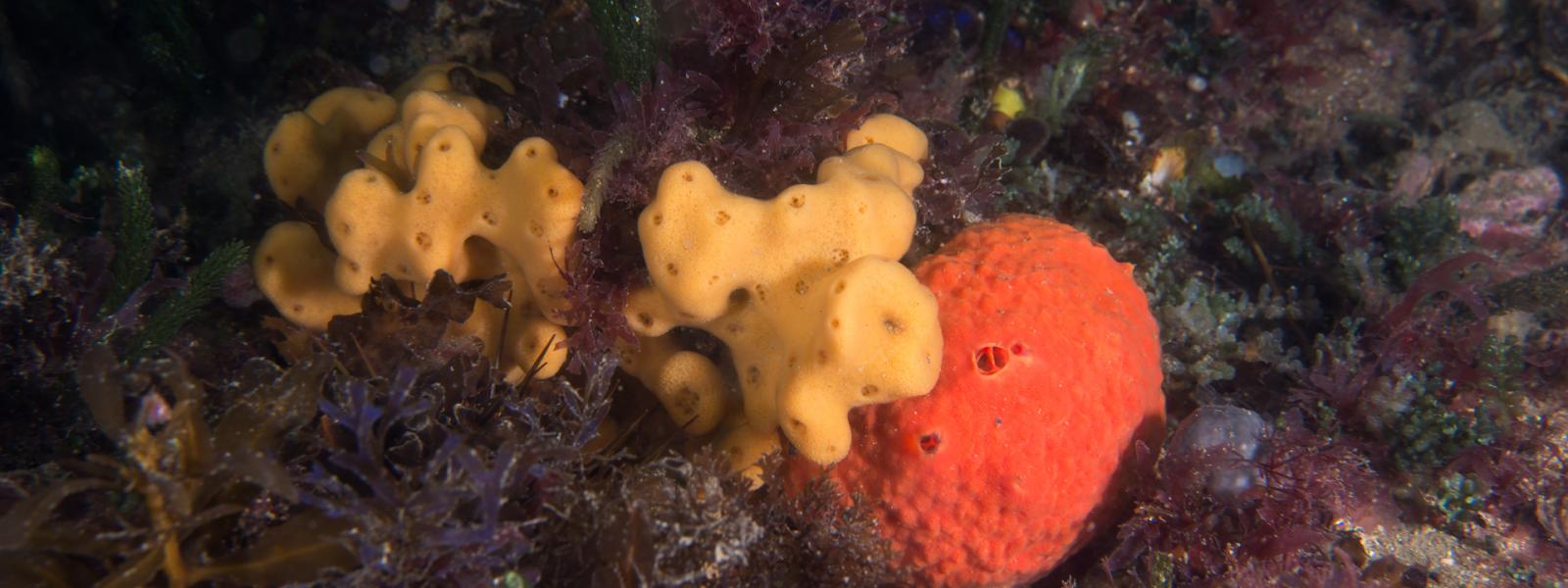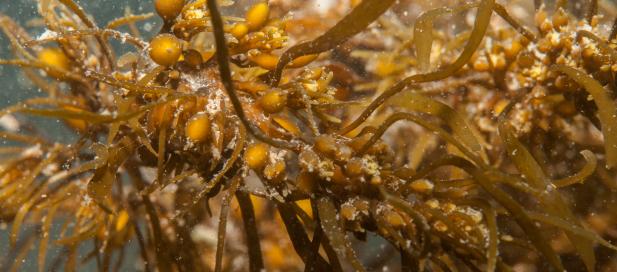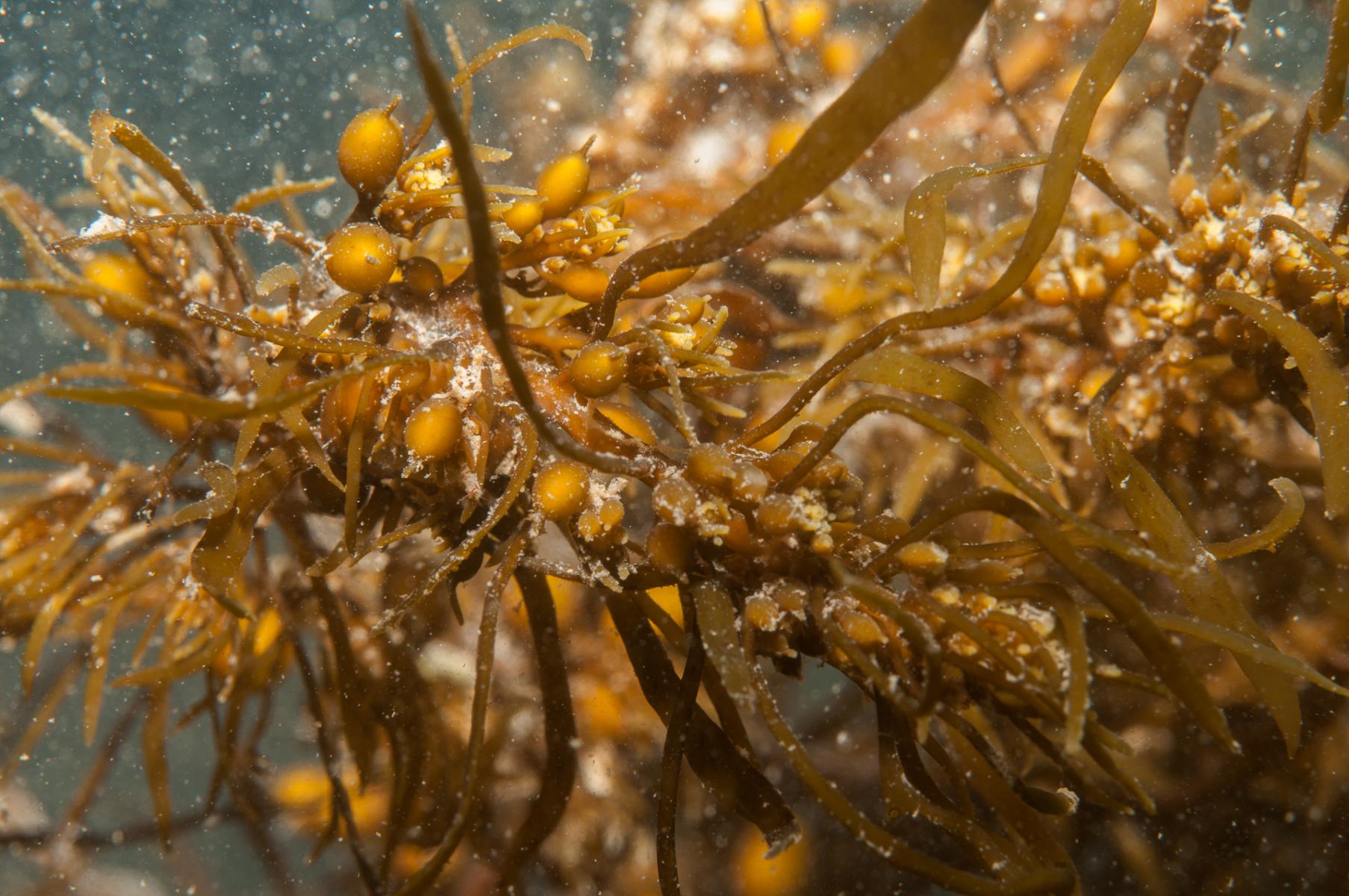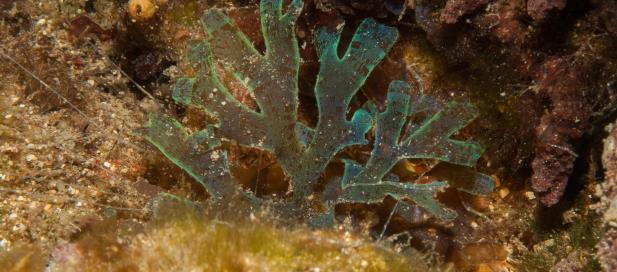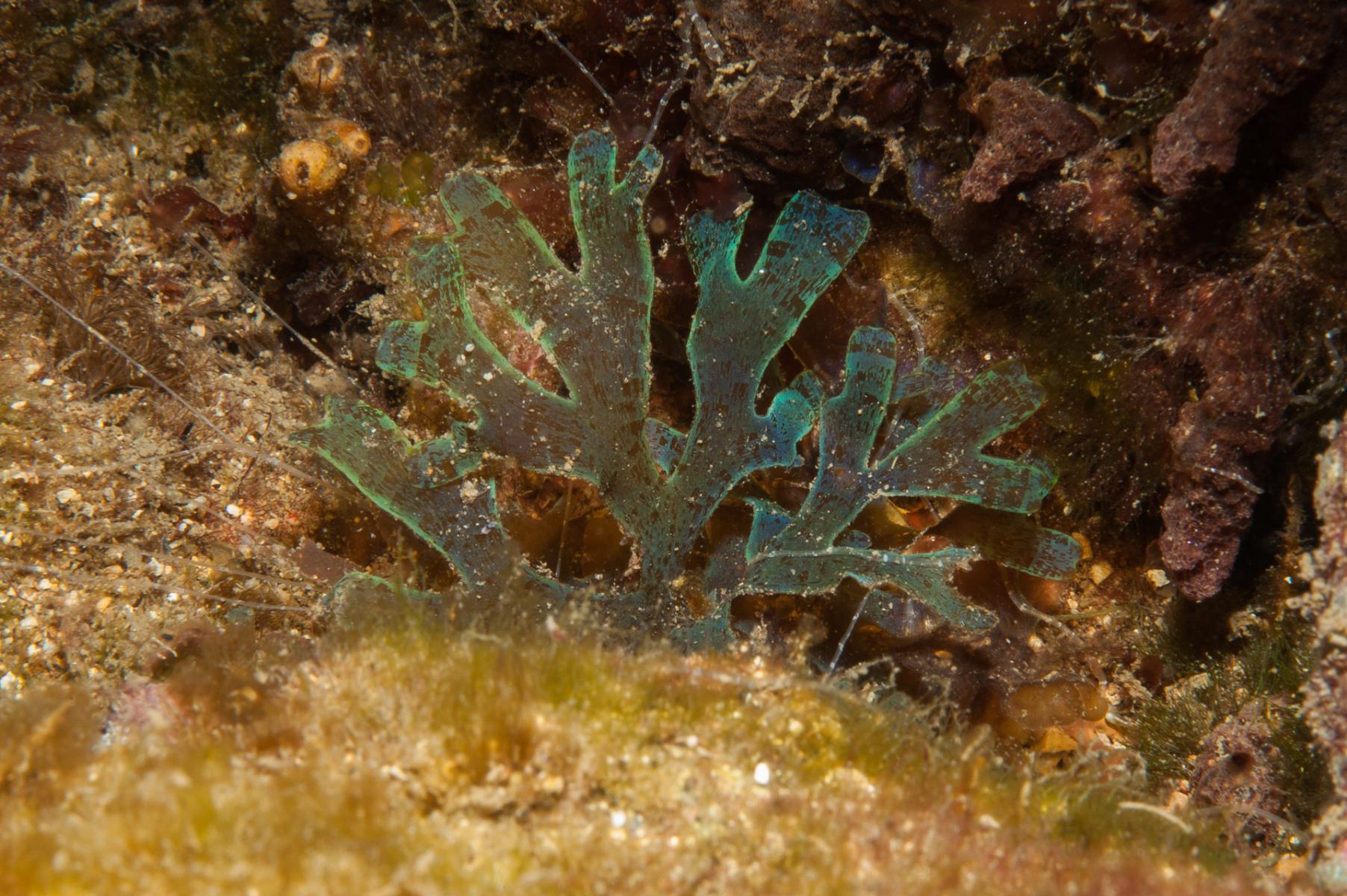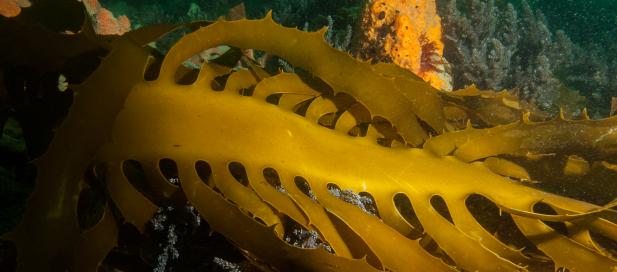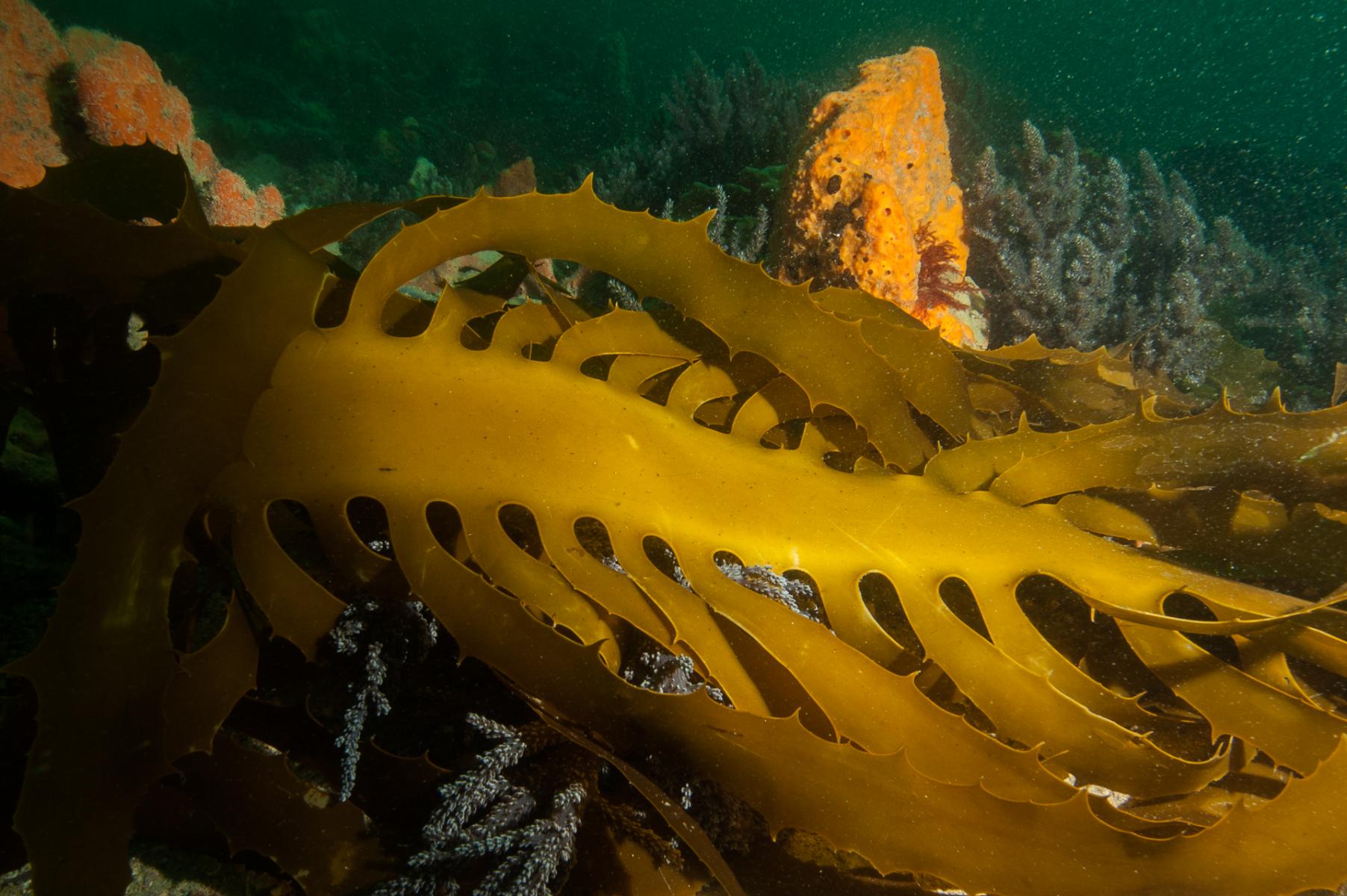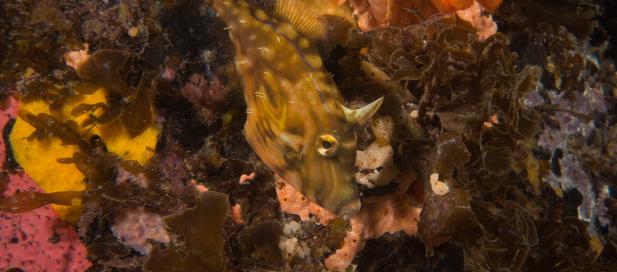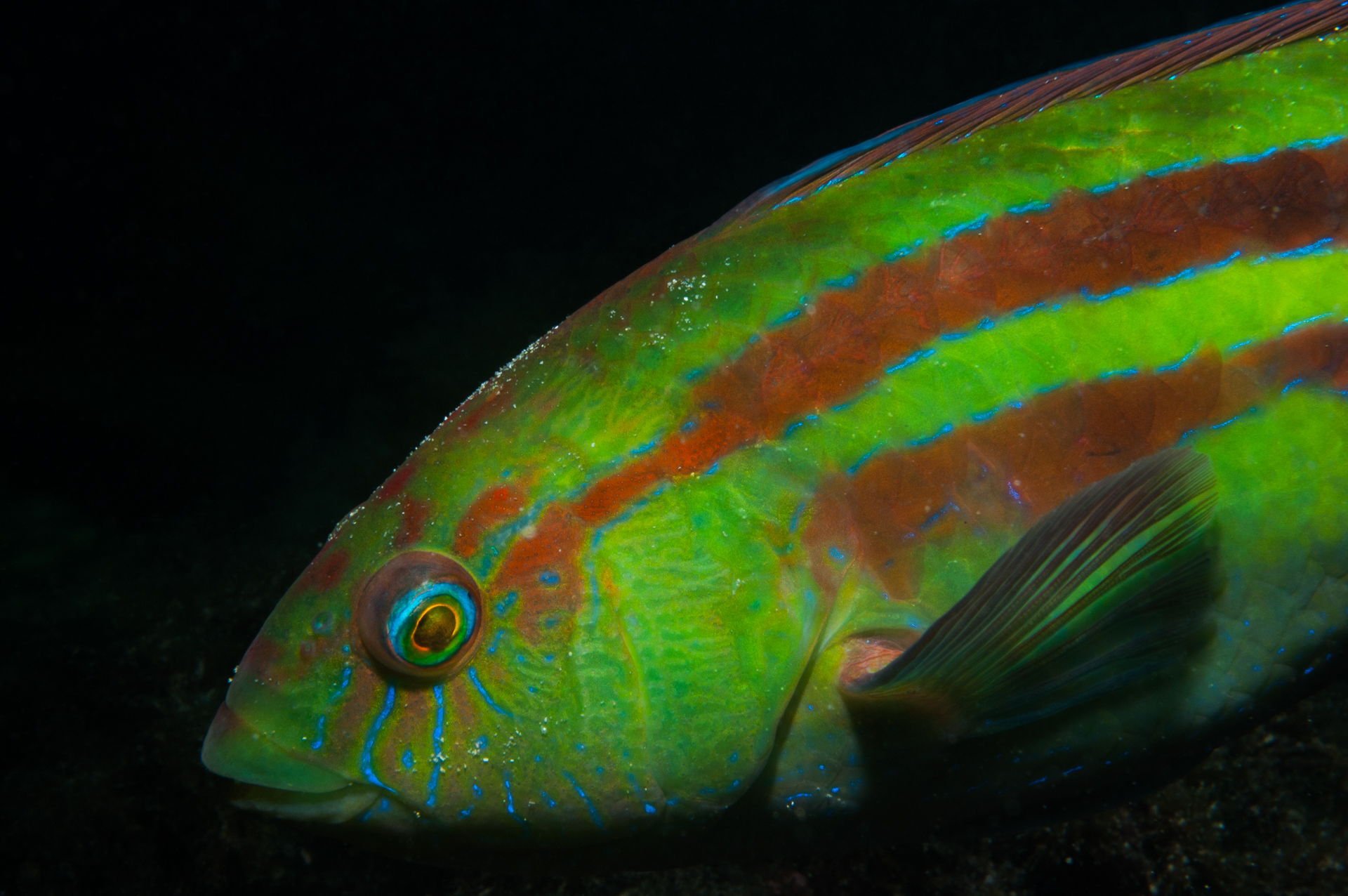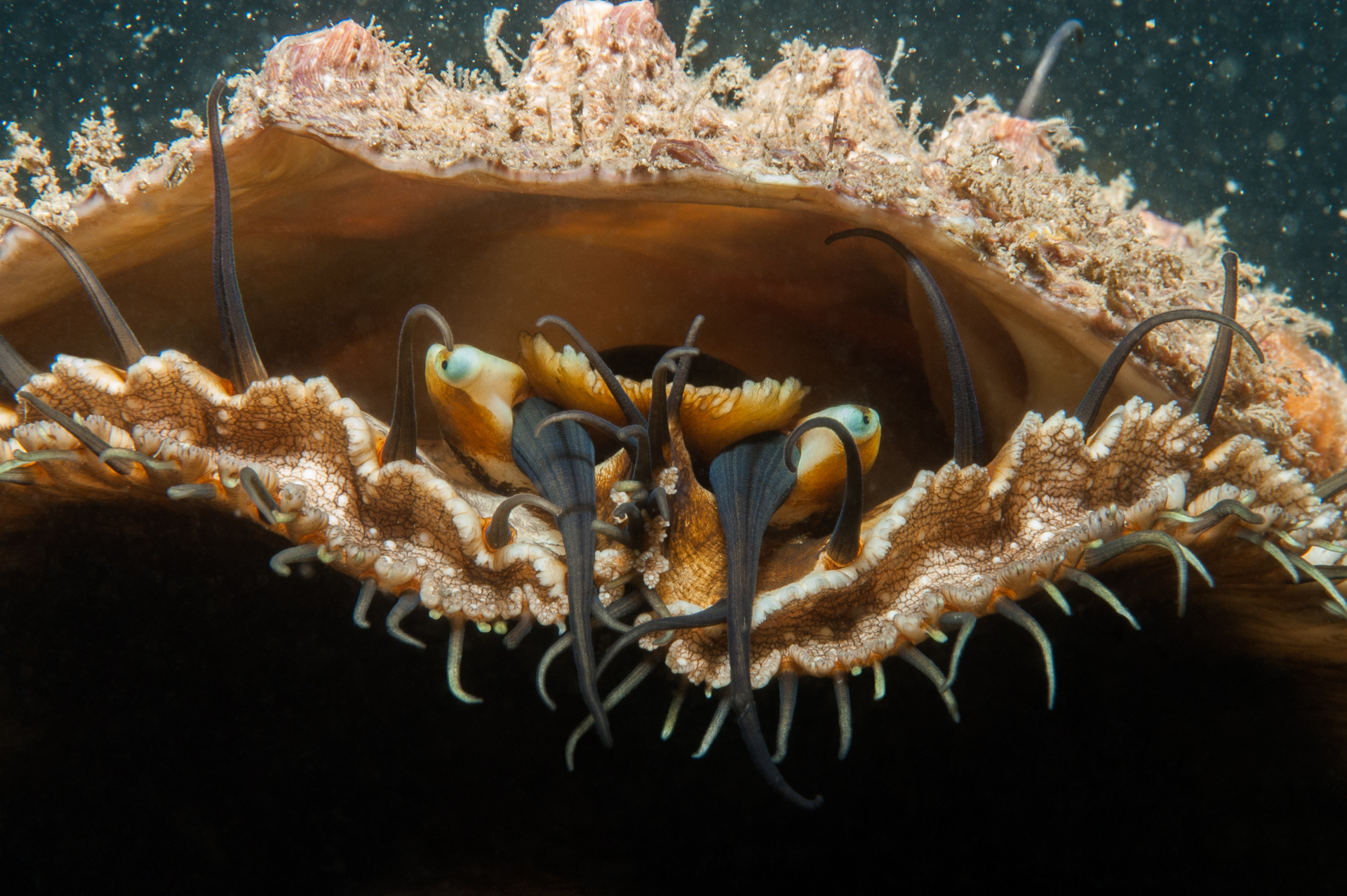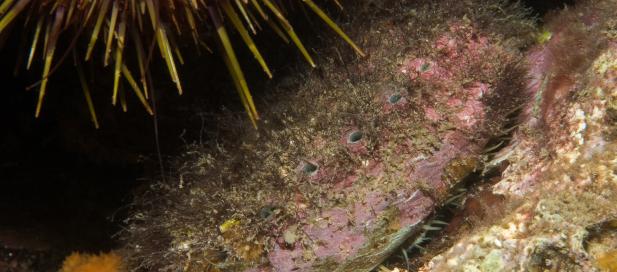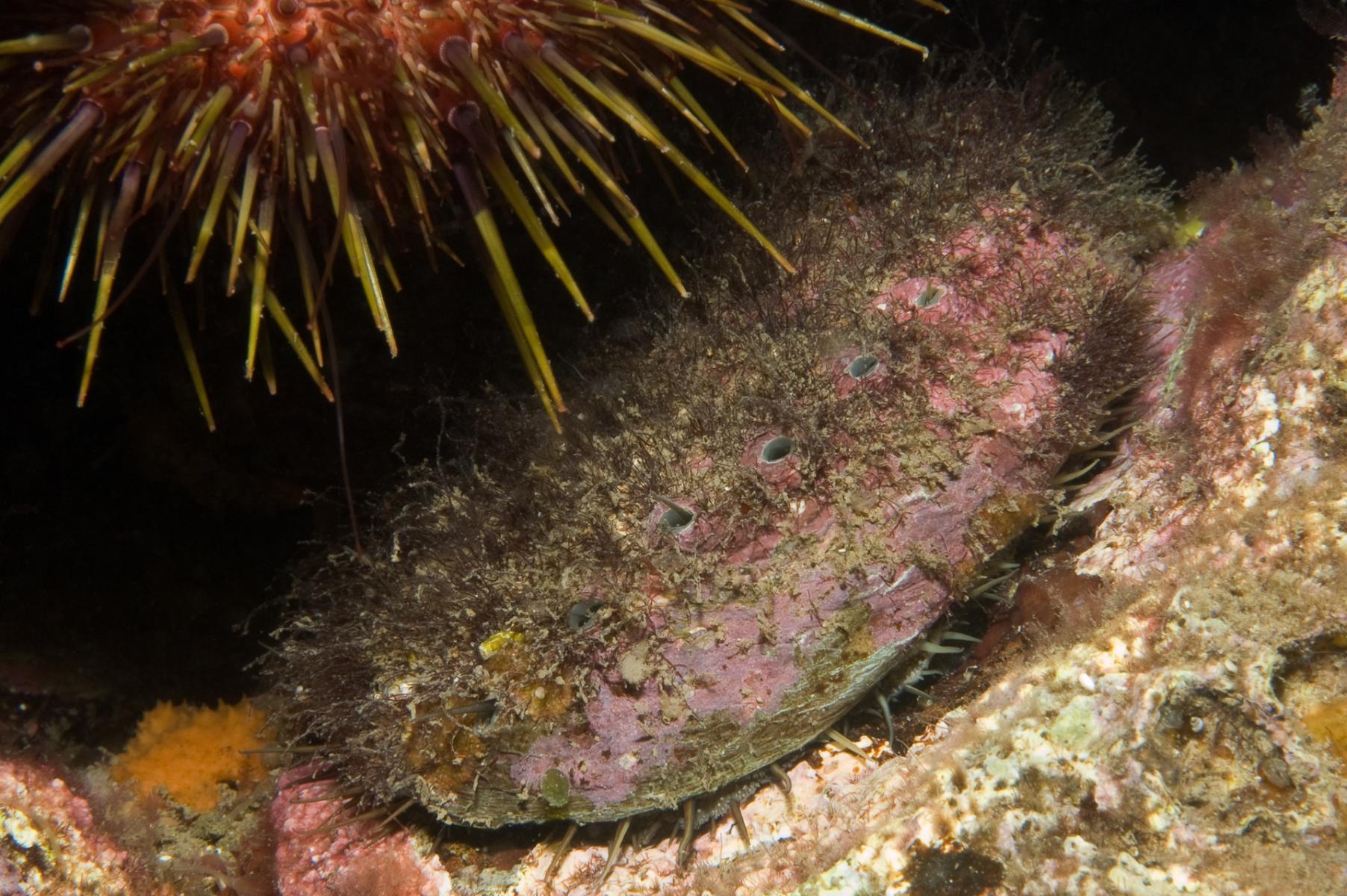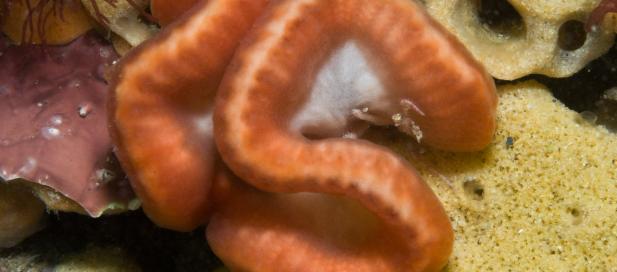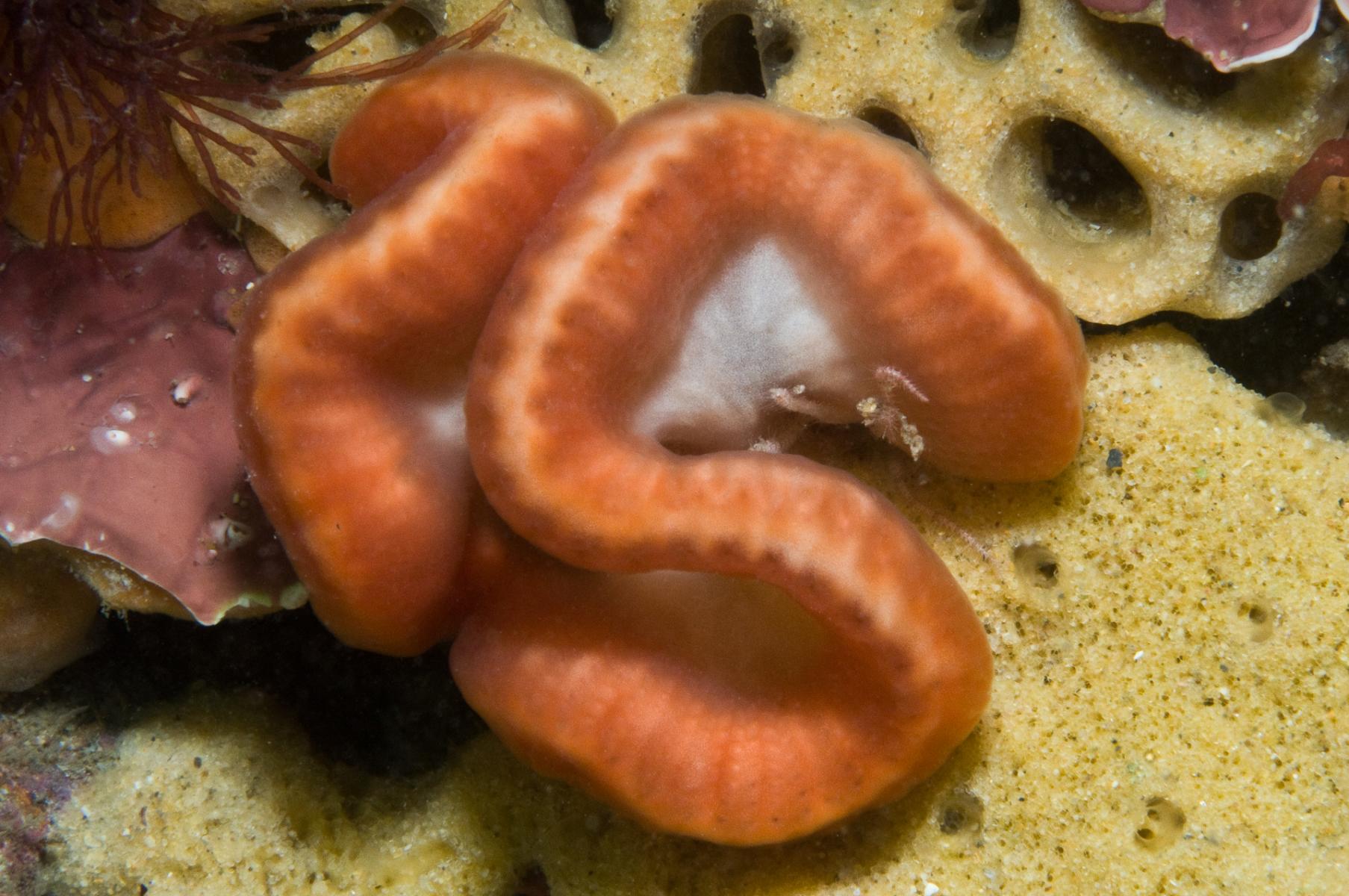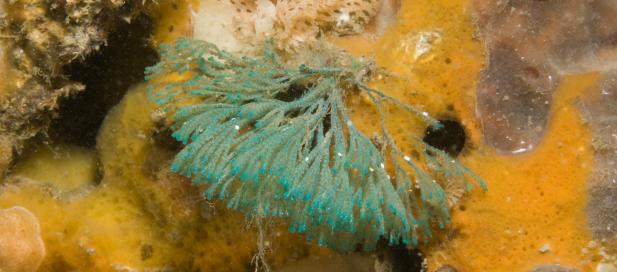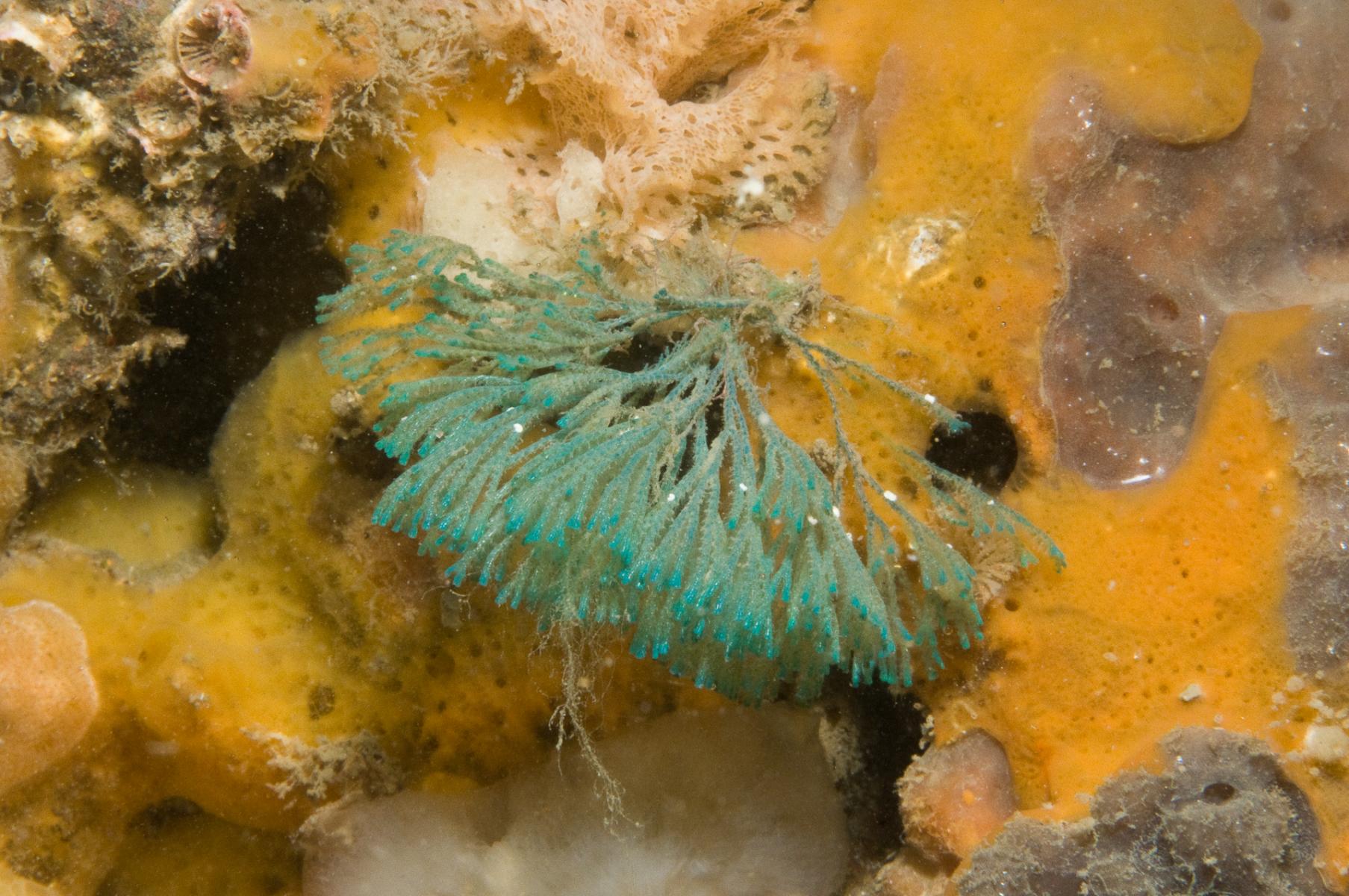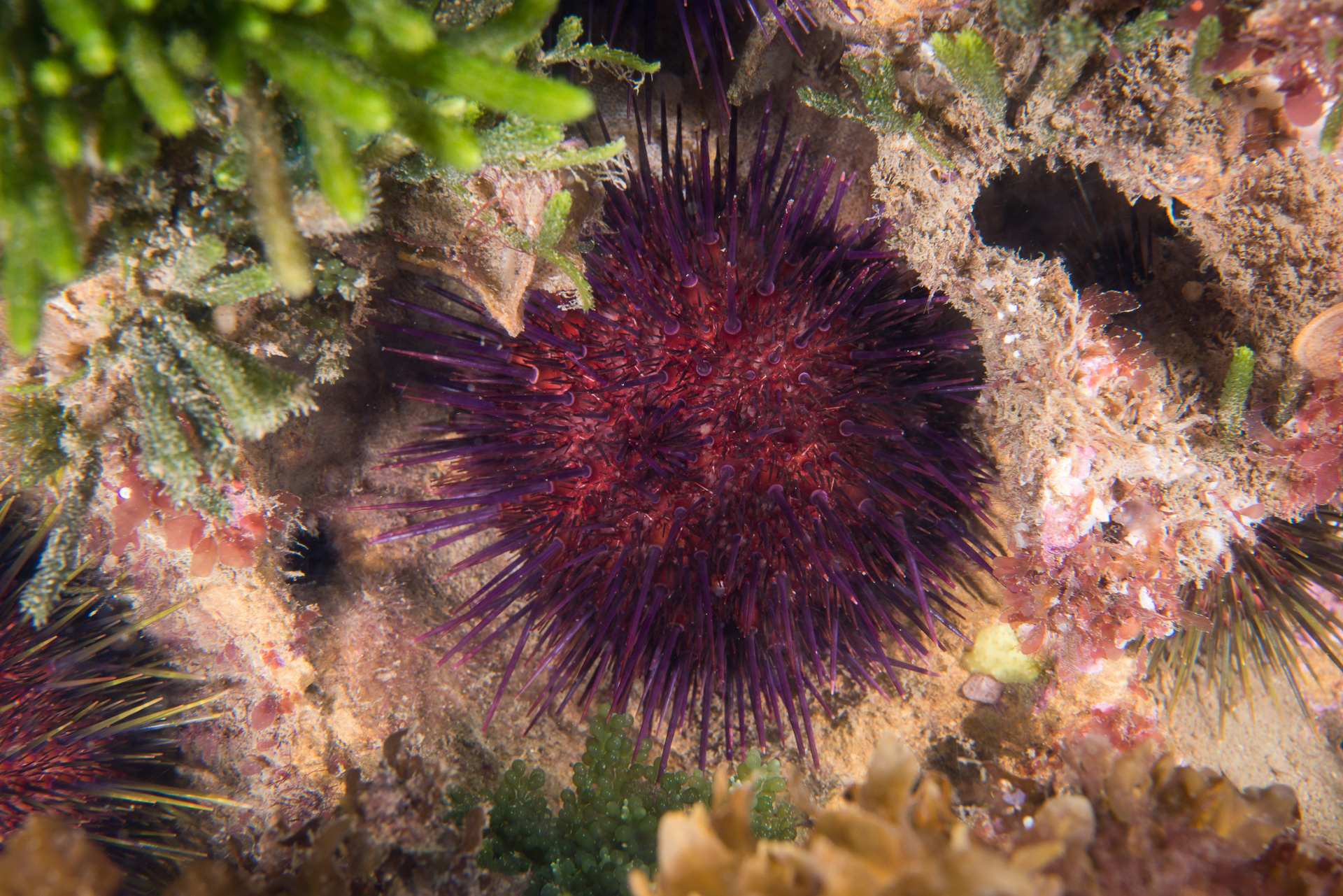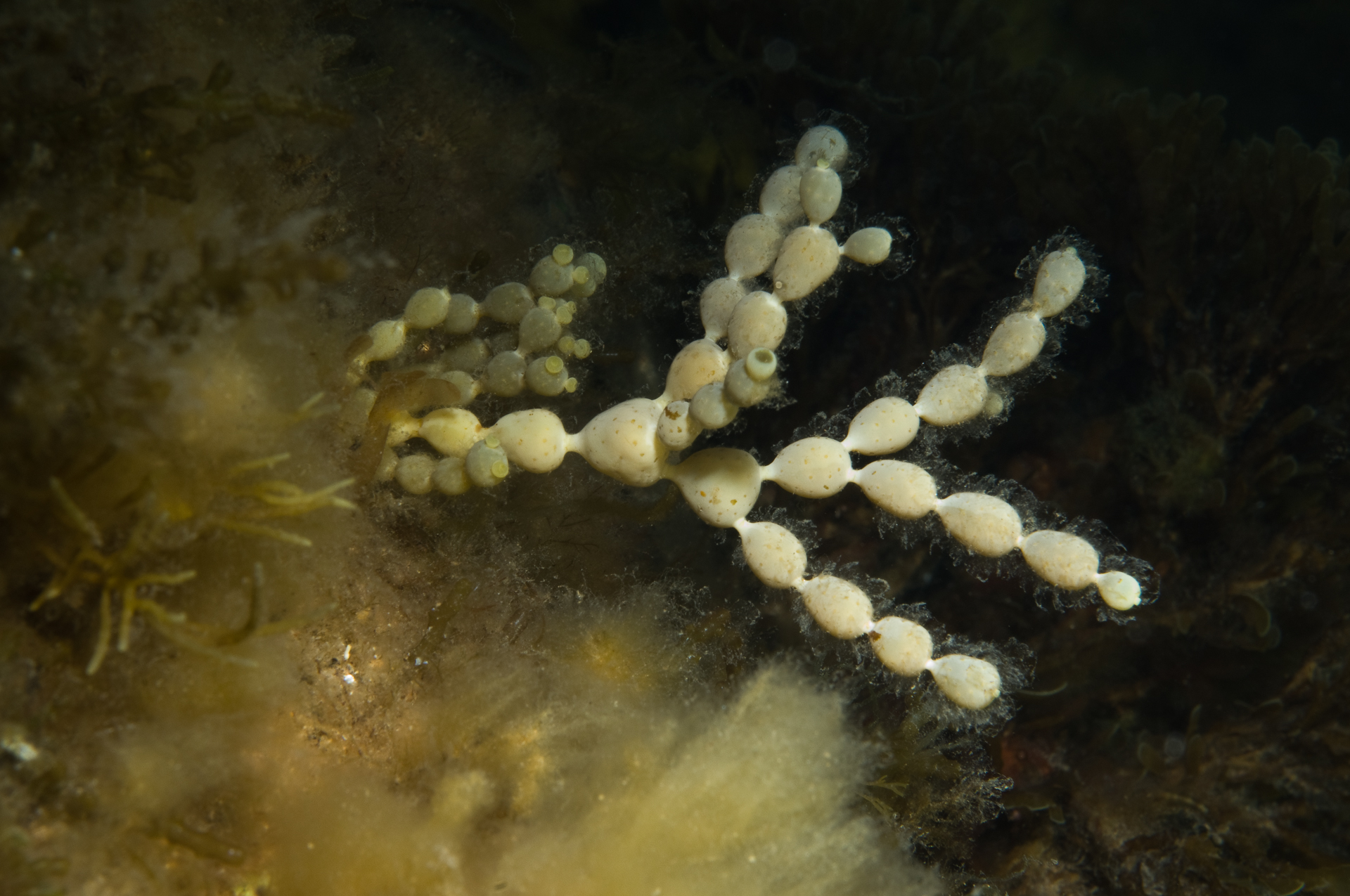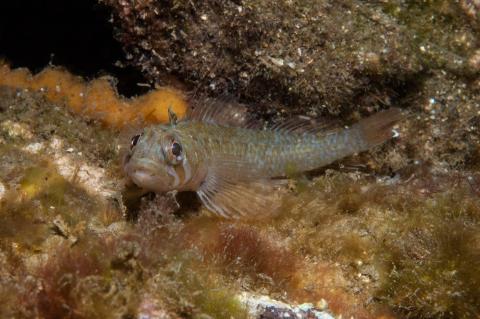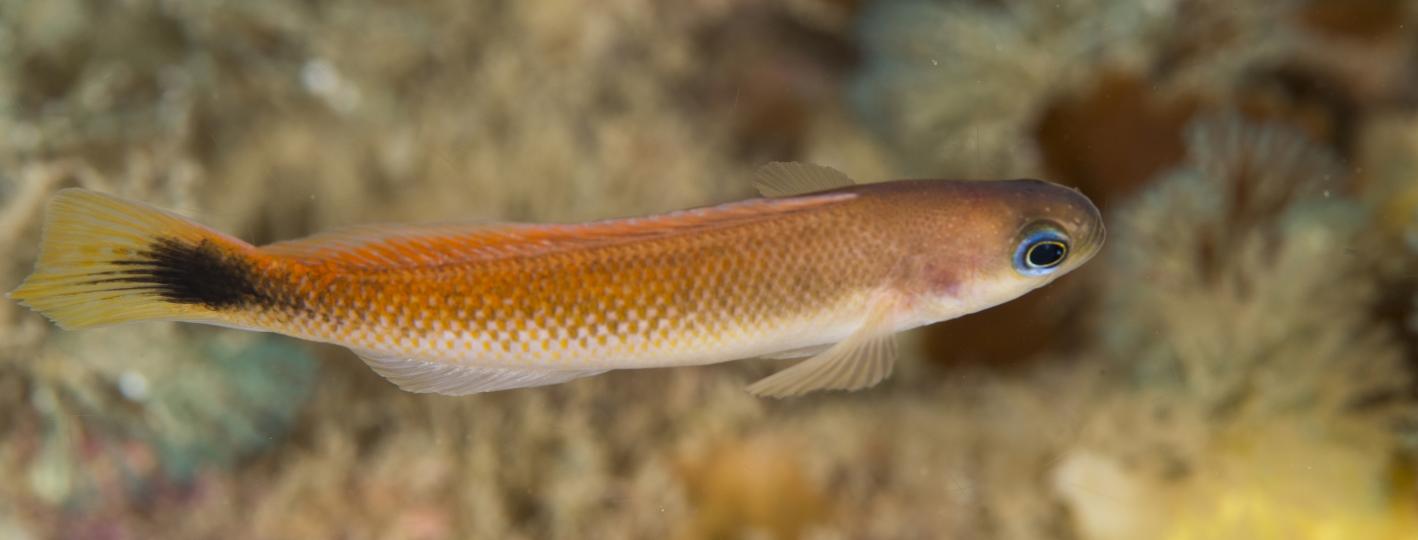Studies suggest that urchins pose the biggest threat to reefs in Port Phillip Bay.
A sea urchin infestation in northern Port Phillip Bay was first noticed during the Millennium drought (1997-2009). In drought conditions there is less sediment and nutrients, so hungry urchins turn to algae as a primary food source. Deteriorating macroalgae allowed the introduced Japanese kelp to get a foothold – this particular type of kelp is very resilient and can create communities on any type of surface. Over-grazing of sea urchins leads to loss of fish habitat that was formed by the dense macroalgae.
Urchins will eat anything – algae, drift weed and even sand is found inside dissected urchins.
The urchins that dominate Port Phillip Bay prefer to eat drift algae – which can float on to, and smother, the reef and sustain urchins. The western area of the bay has experienced urchin barrens since the mid-1980s, but urchins have few predators now. We know little about which animals eat small urchins or urchin eggs.
